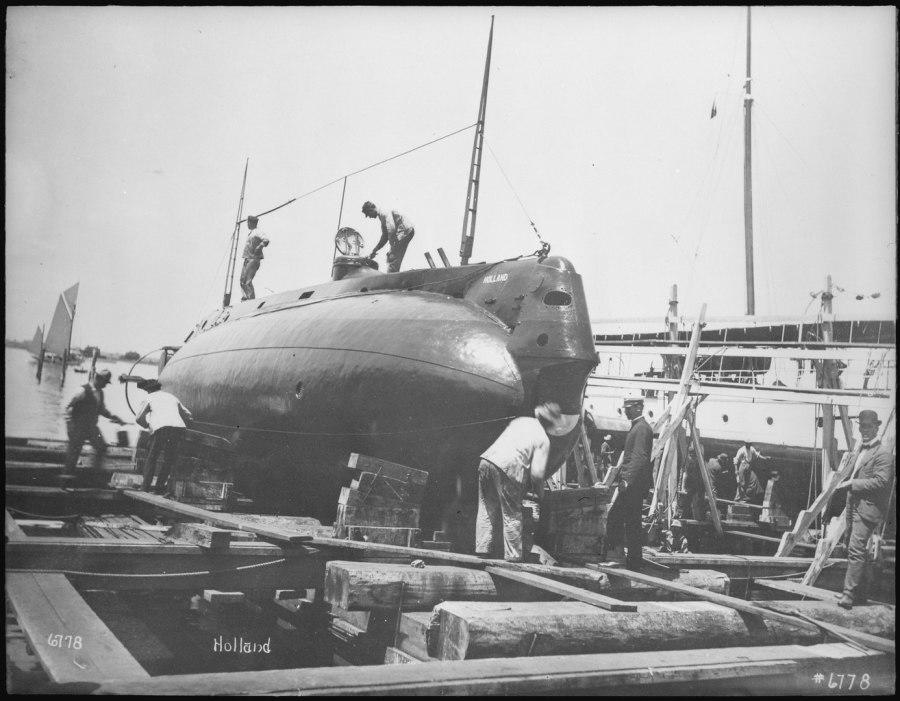April 11, 1900: U.S. Navy’s first “modern” submarine

(WHTM) — April 11 is National Submarine Day, commemorating the day in 1900 that the U.S. Navy purchased the U.S.S. Holland, their first practical submarine.
The key term here is “practical.” The U.S. Navy owned three submarines before Holland. In the 1860s, during the Civil War, the Union Navy had the U.S.S. Alligator, a 47-foot-long submersible propelled by a hand-cranked propeller. It had a watertight compartment through which a diver was to exit the sub and attach mines to unsuspecting craft. The ship never saw combat, and sank on April 2, 1863, off Cape Hatteras in bad weather, while under tow.
August 3, 1858: U.S.S. Nautilus reaches North Pole
After the war, in the 1870s the Navy tested out another hand-cranked submarine, the Intelligent Whale. The tests were deemed unsuccessful. The sub is now on display at the National Guard Militia Museum in New Jersey.
Get daily news, weather, breaking news and alerts straight to your inbox! Sign up for the abc27 newsletters here
At about the same time John Holland, an Irish Immigrant, started designing and building submarines. He submitted his designs to the Navy in 1875; they were deemed impractical. Holland pressed on, launching his first prototype Holland I in 1878. His second effort was named the Fenian Ram after the Fenian Brotherhood, an Irish independence group that financed its building. His third boat, the Plunger, became the Navy’s third submarine but was sold back to Holland’s company when they decided against accepting it. In 1897, he launched the Holland VI. After extensive testing by the Navy, it was accepted into service and commissioned as U.S.S. Holland in 1900.
Holland is considered the first modern submarine. It’s the vessel where everything finally came together.
Navy to name ship after Ruth Bader Ginsburg
For starters, it had a dual propulsion system, with batteries to run an electric motor for underwater travel, and a gasoline engine for cruising on the surface (and recharging the batteries). It also had a streamlined hull for easier underwater travel, a conning tower, separate main and auxiliary ballast systems, and a tube for launching torpedoes. Submarines would get bigger, travel faster, be more heavily armed, and dive deeper than Holland, but they all built on the basic Holland design until the coming of nuclear power.
Holland never saw combat; she was used primarily for experiments, tests, and training of naval personnel. Her career was short. She was decommissioned in 1905 and sold as scrap in 1913.
March 9, 1862-The battle that changed naval warfare forever
The company John Holland founded to build submarines, however, is still going strong. The Holland Torpedo Boat Company sold boats to the U.S. and British navies. The company later became the Electric Boat Company. It was acquired in 1952 by General Dynamics and became General Dynamics Electric Boat. It remains a major builder of submarines to this day.
The story is sourced from:
Intelligent Whale-National Guard Militia Museum of New Jersey
(The motion picture of the U.S.S. Holland comes from the National Archives. I have a lot of admiration for the photographer-consider he’s shooting from a chase boat, using a camera mounted on a tripod-and hand cranking the footage.)
For the latest news, weather, sports, and streaming video, head to ABC27.

